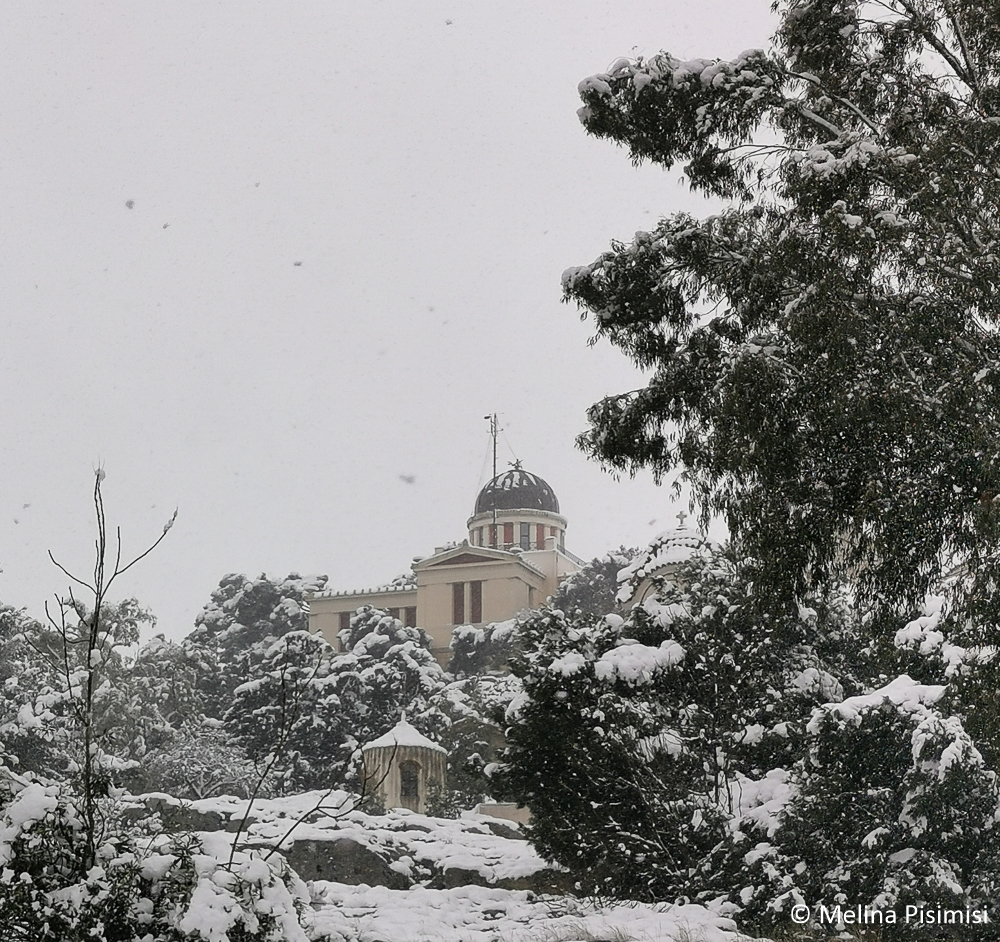National Observatory of Athens
Although remotely it is reminiscent of a church, it is the National Observatory in a building of neoclassical architecture.
Location
Timeline
Modern and Contemporary era (1821 - )
1842 Commenced its construction beginning –day of total solar eclipse- funded by Baron Georgios Sinas.
1846 The construction was completed.
1890 It was transformed into a state foundation, and the meteorological service was created by Dimitrios Aeginitis.









Share